Common fault analysis and elimination method of needle roller bearing
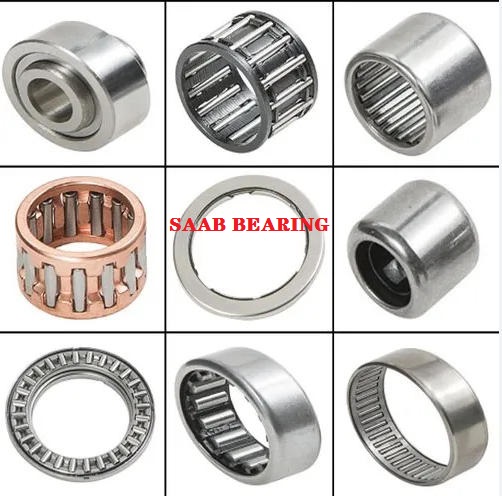
Needle roller bearings are roller bearings with cylindrical rollers. They are commonly found in automobiles or motorcycles in daily life. The needle roller bearings are used in order to avoid some failures. The Chinese bearing nets are based on the needle roller. The understanding of the bearing, tells you about some common fault factors of the needle bearing, and related methods to eliminate the bearing failure.
Common faults of needle roller bearings and their causes:
1, the form of failure:
(1) The bearing is difficult to rotate and generates heat;
(2) The bearing operation has a strange sound;
(3) The bearing generates vibration;
(4) The inner race is peeled off and cracked;
(5) Exfoliation and cracking of the outer race;
(6) Indentation is produced in the bearing raceway and the rolling elements.
2. Analysis of the cause of the failure:
(1) The inspection before assembly is not careful. Before the assembly, the bearing should be cleaned and carefully inspected for the inner and outer races, rolling elements and cages of the bearing, whether there are rust, burrs, bumps and cracks; check whether the bearing clearance is suitable. Is the rotation light and free, with or without sudden locking The phenomenon; at the same time check the size of the shaft diameter and housing hole, roundness and cylindricity and its surface is burr or four convex inequality. For the split bearing housing, between the bearing surface of the bearing cap and the bearing base and the outer circular surface of the outer race, a clearance of 0.1mm~0.25mm should be reserved to prevent the "waist" on both sides of the outer seat from being clipped. The gap caused by the phenomenon of ehelph is reduced, the wear is accelerated, and the bearing is damaged prematurely.
(2) Improper assembly. Improper assembly can result in the various failure modes described above for the bearing, as well as the following:
A. Improper cooperation:
The inner hole of the bearing and the shaft are matched by the base hole, and the outer circumference of the bearing and the bearing housing hole are made by the base shaft. Generally, the shaft and bearing inner race of centrifugal pump, centrifuge, reducer, motor and centrifugal compressor working under normal load conditions are matched with J5, js5, js6, k5, k6, m6, bearing housing bore and bearing The outer race is made of j6 and J7. Rotating races (the inner race of most bearings is a rotating race, the outer race is not a rotary race, and the other races are the opposite). Usually an interference fit is used to avoid the race diameter of the race under load. Rolling and sliding occur on the mating surface of the housing bore.
However, due to the inaccurate measurement of the shaft diameter and the bearing housing hole or the roughness of the mating surface does not meet the standard requirements, the excessive interference fit is caused, and the bearing race is greatly squeezed, resulting in the radial clearance of the bearing itself. The reduction makes the bearing difficult to rotate, generates heat, and the wear is intensified or stuck. In severe cases, the inner and outer races of the bearing are cracked when installed. The non-rotating seat often adopts a gap or a small interference, so that the rotation of the seat may cause a slight creep, and the contact surface of the race with the rolling element is continuously replaced, and the raceway of the race is evenly worn. At the same time, it is also possible to eliminate the axial jam of the rolling elements in the bearing due to the thermal elongation of the shaft. However, if the gap is too large, the non-rotating seat will rotate together with the rolling elements, causing severe wear of the shaft (or the bearing housing hole) and the inner race (or the outer race), and the friction causes the bearing to heat and vibrate.
B. Improper assembly method:
When the bearing and the shaft diameter or the bearing housing hole have a small interference, the press-in method is often used for assembly. The easiest way is to use a copper rod and a hand hammer to symmetrically tap the bearing with an interference fit in a certain order to make the bearing smoothly pressed in. In addition, it is also possible to use a sleeve made of soft metal to be hammered in or pressed by a press. If improperly operated, the seat will be deformed and cracked, or the hammer will be hit on the non-interference fit seat, which will cause the raceway and the rolling element to be indented or the bearing to be indirectly damaged.
C. Improper temperature control during assembly:
When the needle roller bearing is assembled, if it has a large interference with the shaft diameter, it is usually assembled by hot charging. The bearing is placed in the oil drum filled with organic oil. The outside of the oil drum is heated by hot water or flame. The temperature of the oil required for the process is controlled at 80 ° C ~ 90 ° C, generally not more than 100 ° C, and the maximum is not more than 120 ° C. After the bearing is heated, it is quickly taken out and placed on the journal. If the temperature is not properly controlled, the heating temperature will be too high, which will cause the bearing to temper and the hardness will decrease. The bearing will be prone to wear, peeling and even cracking during operation.
D. Improper gap adjustment during assembly:
The gap of the needle bearing is divided into a radial gap and an axial gap, and its function is to ensure the normal operation and lubrication of the rolling elements and to compensate for the thermal elongation.
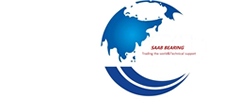
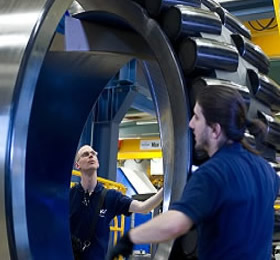
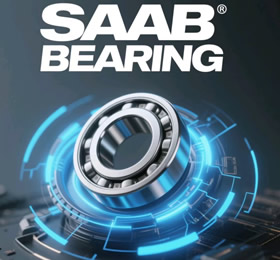
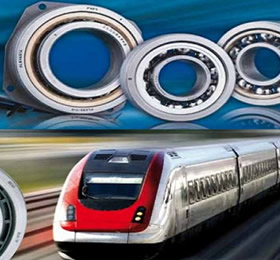
 Scan the QRcode
Scan the QRcode